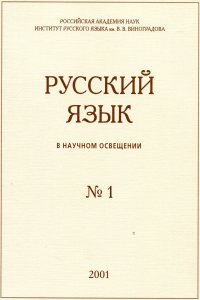Differences between scientific and naive-language concepts of living beings classification
Abstract:
This article deals with zoonyms denoting classes of living beings (zver’, zver’ok, zver’ushka, ptitsa, ryba, nasekomoye, skotina, cherv’, cherv’ak, gusenitsa, móshka, moshká, gnus, bukashka, koz’avka, motyl’ok, zhivnost’, fauna, zhivotnyi mir, zhivoye sushchestvo). Our goal was to consider the semantics of these zoonyms in order to establish naïve classification of living beings and to determine the differences between the naïve classification and the scientific one. Along the way, we set specific lexicographic objectives: to describe the polysemy of all the considered words, to give an interpretation for each of their meanings, and to describe semantic differences between synonyms.
As we discovered, most of the differences between scientific and naïve-language concepts in the sphere of zoology are due to incongruence between sets of their relevant characteristics. In scientific sphere the most important characteristics of living beings are the place in the hierarchy, the internal structure and various biological features (in particular, the method of reproduction). For the naïve worldview the central characteristics are external features (external structure, size, tactile characteristics, kind of external cover), ability to move and manner of moving, nutrition strategy, habitat and ability to harm humans.


